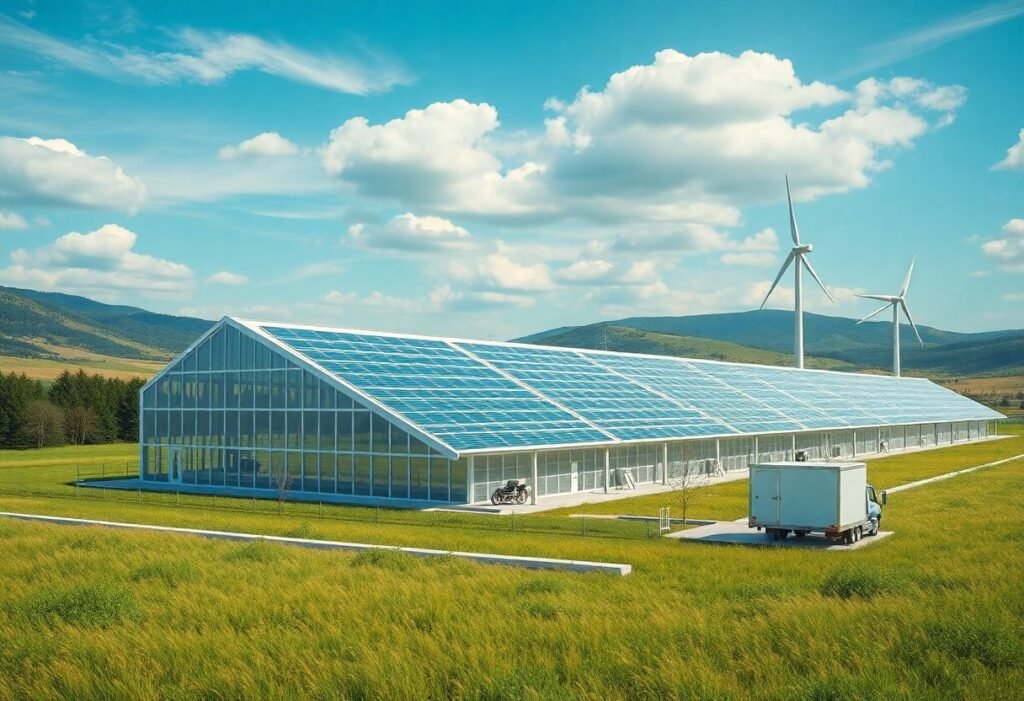The world of energy storage solutions is rapidly evolving, pushing the boundaries of innovation and sustainability. With renewable energy sources becoming increasingly important, advancements in energy storage are critical for balancing supply and demand.
Advancements in Lithium-Ion Technology
Lithium-ion batteries have been at the forefront of energy storage innovation for years. As the demand for efficient, long-lasting batteries grows, researchers are focusing on enhancing their performance and longevity. Recent advancements include the development of new materials such as silicon anodes, which can significantly increase a battery’s capacity and decrease charging time. Additionally, the recycling processes for these batteries are improving, ensuring that valuable materials are reused rather than wasted. These innovations not only boost efficiency but also contribute to a more sustainable energy framework.
Flow Batteries: A Game Changer
Flow batteries offer a unique solution to large-scale energy storage challenges. Unlike traditional batteries, which store energy in solid electrodes, flow batteries utilize liquid electrolytes, allowing for easy scaling and longer life cycles. This technology is particularly suitable for renewable energy applications, where energy production may not always match consumption. Ongoing research aims to lower costs associated with flow batteries, making them more accessible and attractive for energy storage in commercial and industrial settings.
Solid-State Batteries: The Future is Here
Solid-state batteries represent a breakthrough in energy storage, replacing the liquid or gel electrolyte found in conventional batteries with a solid one. This innovation can enhance safety by reducing the risk of leaks and fires. Moreover, solid-state batteries have the potential to deliver higher energy densities and faster charging times, making them a promising option for electric vehicles and portable electronics. As manufacturing techniques improve, the broader adoption of solid-state battery technology is anticipated.
Hydrogen Storage Systems
Hydrogen storage is gaining traction as a viable alternative for energy storage solutions. By converting excess renewable energy into hydrogen through electrolysis, it can be stored and later converted back into electricity using fuel cells. This method not only helps store energy but also addresses issues of energy transport and grid stability. With continued research into safe and efficient hydrogen storage methods, this technology could significantly contribute to a more resilient energy infrastructure.
Integrating Energy Storage with Smart Grids
The integration of energy storage solutions within smart grid systems is revolutionizing how we manage energy consumption. Smart grids utilize data analytics and connectivity to optimize energy distribution, while energy storage can provide backup during peak demand times or outages. By combining both technologies, efficiencies can be maximized, leading to reduced costs for consumers and enhanced reliability for utilities. This synergy represents a significant step toward a more intelligent and responsive energy system.
Innovations in Thermal Energy Storage
Thermal energy storage is another innovative solution that captures and holds heat energy for later use. Systems such as molten salt storage are becoming popular for utility-scale solar energy projects. These systems store energy in the form of heat, which can be converted back into electricity when needed. This approach helps utilize renewable resources more effectively and ensures a consistent energy supply, thereby addressing intermittency issues associated with solar and wind energy generation.
Disclaimer: The content provided in this article is for informational purposes only and may not be interpreted as professional advice.





















